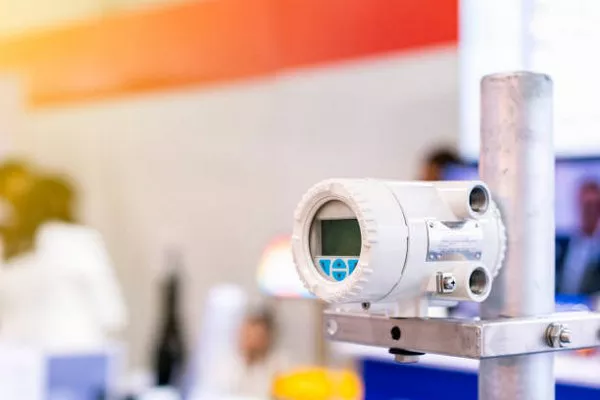In the realm of meteorology and environmental monitoring, digital barometers play a crucial role in providing accurate and real-time information about atmospheric pressure. These sophisticated instruments have evolved over the years, replacing traditional mercury barometers with advanced digital technology. In this article, we will delve into the inner workings of digital barometers, exploring the principles that govern their operation and the applications that make them indispensable in various fields.
Principles of Operation
At the core of a digital barometer lies the fundamental principle of measuring atmospheric pressure, which serves as a key indicator of weather patterns. Atmospheric pressure, also known as barometric pressure, is the force exerted by the air above a given point on the Earth’s surface due to the weight of the air molecules.
Digital barometers typically operate on two primary principles: mercury barometry and aneroid barometry. While traditional mercury barometers rely on the height of a mercury column to determine atmospheric pressure, digital barometers employ electronic sensors for precise and instantaneous readings.
Electronic Sensors
Modern digital barometers commonly utilize a variety of electronic sensors, with the most common being the piezoelectric sensor and the capacitive sensor. These sensors convert changes in atmospheric pressure into electrical signals, facilitating the accurate measurement of barometric pressure.
Piezoelectric Sensors: Piezoelectric materials generate an electric charge in response to mechanical stress. In a digital barometer, a piezoelectric sensor is subjected to the pressure changes in the surrounding air. As atmospheric pressure increases or decreases, the sensor deforms slightly, producing an electric charge proportional to the pressure change. This electrical signal is then translated into a digital reading, providing a precise measurement of barometric pressure.
Capacitive Sensors: Capacitive sensors, on the other hand, rely on changes in capacitance to measure atmospheric pressure. A capacitive sensor consists of two parallel plates, one fixed and the other movable. As the atmospheric pressure changes, the distance between these plates is altered, resulting in a change in capacitance. The variation in capacitance is then converted into an electrical signal, which is processed to determine the current barometric pressure.
Data Processing and Calibration
The raw data obtained from electronic sensors are subjected to a series of processing steps to ensure accuracy and reliability. Digital barometers often incorporate microcontrollers or digital signal processors that perform complex calculations to convert the electrical signals into meaningful barometric pressure readings. Additionally, these instruments may be equipped with calibration mechanisms to account for environmental factors that could impact accuracy.
Calibration involves adjusting the digital barometer to compensate for variations in temperature, humidity, and altitude. This ensures that the instrument provides consistent and accurate readings under different conditions. Some digital barometers come with automatic calibration features, while others may require periodic manual calibration to maintain precision.
Applications of Digital Barometers
Digital barometers find applications in a diverse range of fields, contributing to both scientific research and everyday activities. Here are some key areas where these instruments play a crucial role:
Weather Forecasting: Digital barometers are integral to weather forecasting, as changes in atmospheric pressure are indicative of upcoming weather patterns. A rapid decrease in pressure may signal an approaching storm, while a steady increase could indicate fair weather. Meteorologists use digital barometers to monitor pressure trends and make more accurate predictions.
Aviation: Pilots and air traffic controllers rely on digital barometers to assess current atmospheric conditions and make informed decisions regarding flight paths and altitudes. Accurate pressure readings are essential for maintaining safe flying conditions and avoiding turbulence.
Outdoor Activities: Digital barometers are incorporated into sports watches and handheld devices designed for outdoor enthusiasts. Hikers, climbers, and backpackers use these instruments to monitor atmospheric pressure changes, helping them anticipate weather changes and make informed decisions during their activities.
Environmental Monitoring: Digital barometers are employed in environmental monitoring stations to collect data for scientific research. They contribute to studies on climate change, air quality, and atmospheric conditions, providing valuable insights into the Earth’s environment.
See Also What Is A Variable Area Flow Meter? A Comprehensive Overview
Conclusion
Digital barometers have revolutionized the way we measure atmospheric pressure, offering precision and efficiency that surpass traditional methods. By leveraging electronic sensors and advanced data processing capabilities, these instruments provide accurate and real-time information essential for weather forecasting, aviation, outdoor activities, and environmental monitoring. As technology continues to advance, digital barometers will likely play an increasingly vital role in our efforts to understand and navigate the dynamic forces shaping our planet’s atmosphere.

